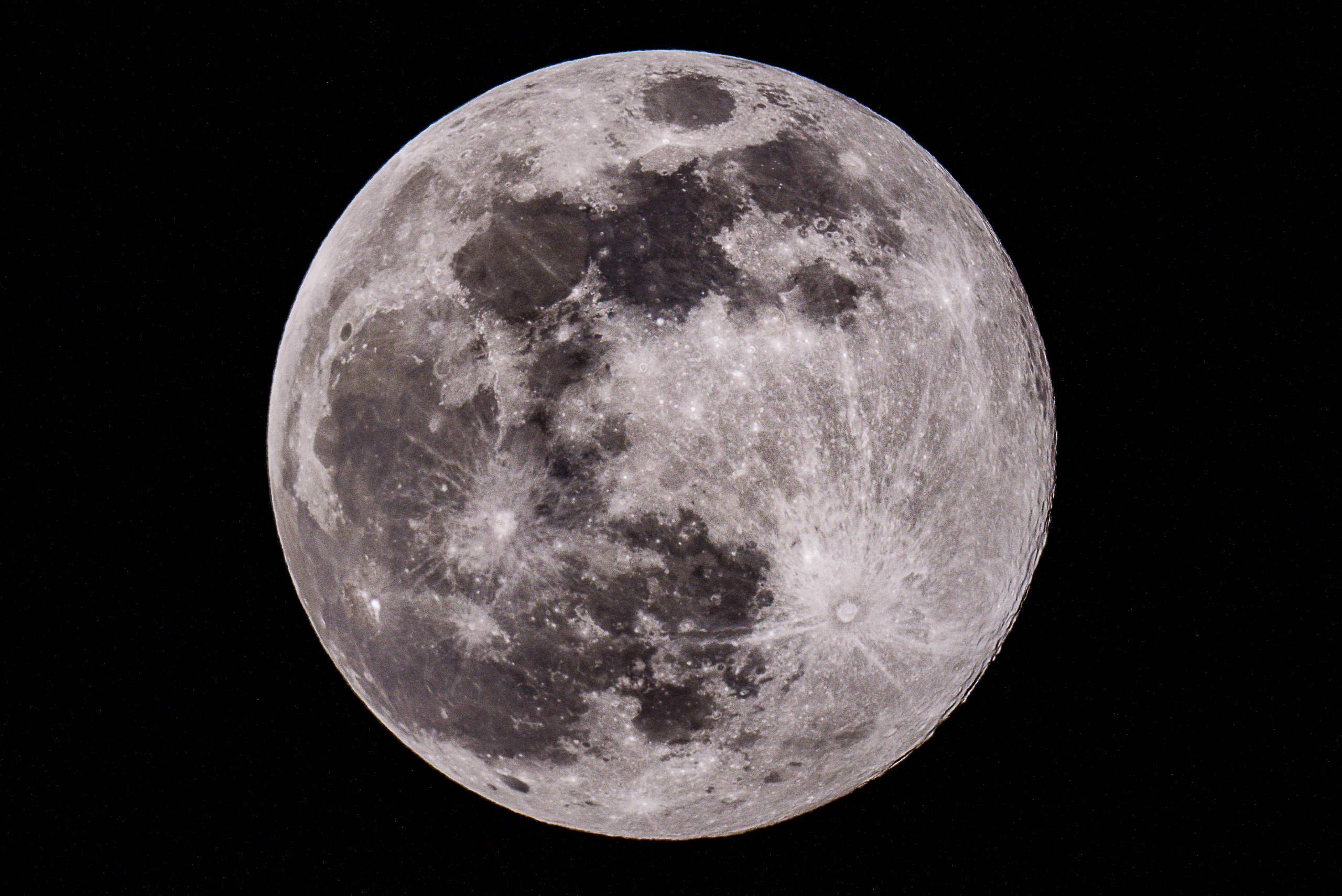Forgive me if I wax poetic… wait no, I’m not waxing — the moon’s waxing up in the sky. I ask your forgiveness for the bad pun.
The moon fascinates; it influences our gravity and stars in folklore and mythology. I haven’t, however, taken time to learn beyond the basics.
A few years ago I heard about the tradition of planting gardens in tandem with moon phases. The idea appealed to me — it sounded romantic and attuned to nature.
Staying true to myself, I read only a little about it, didn’t put what I learned into practice and quickly lost interest.
A recent observation rekindled my interest. My mother and I started our first round of seeds Feb. 12.
My peanuts (probably a bit too early a start for them) sprouted in a few days, but the remaining trays showed no sign of life for awhile. After two weeks, a respectable number of seedlings were up, but some only emerged this last week.
Two weeks later, on Feb. 26, we started another round of seeds. That was a Friday — the following Tuesday or Wednesday my mother called to say many seeds were already up.
A quick calendar check revealed we’d planted first adjacent to the new moon and to the full moon the second time.
Having forgotten the little I’d read previously, I turned to the world wide web to refresh my memory. The Farmers Almanac, Better Homes and Gardens and many a blog and gardening site hold both these times optimal for lunar planting.
The main idea is that moon phases affect water in the soil as they do large bodies of water. Additionally, the amount of moonlight shed on the garden may impact plant growth.
Plants respond to gravity as well as to water, and the articles maintained that more water pulled to the soil surface helps seeds germinate and grow, and that moon phases affect the sap flow in plants.
The most basic rule of lunar planting says to plant during the waxing phase and prune, weed and do other maintenance during the waning moon.
The next level suggests dividing the lunar cycle into four quarters and planting different types of crops at different times (specifically dividing crops into above ground and below ground harvests).
The third adds another level of complexity, taking the moon’s position in zodiac signs into account.
The Farmers Almanac growing calendar noted some days each month as barren, when we shouldn’t plant anything, and others during which seeds would likely rot.
I don’t know if any of it is valid, or a load of hooey. Still, this is an age old tradition — I like heirloom knowledge.
And then, I’m fascinated by lunar bodies and events — it would be lovely if the beautiful moon helped our seeds grow. I like the idea of a deep connectedness permeating our world.
Finally, there’s the schedule. I’m bad at maintaining routines, so the idea of having an external guide as to when I must and must not do certain garden tasks sounds great.
In my research I saw references to scientific studies, but I admit I did not read any of them. I would though, like to conduct my own study for personal use. While I probably won’t get to it this year, I am starting to keep detailed notes that hopefully will help inform me in future.
If you have experience or anecdotes about moon phase planting, I would love to hear about it.




